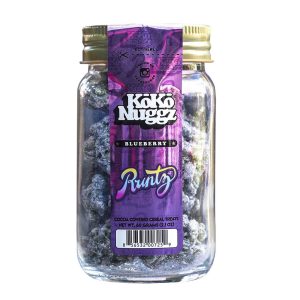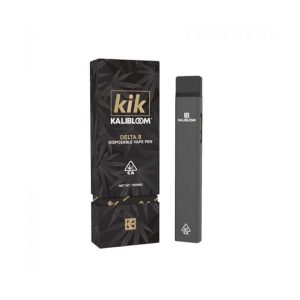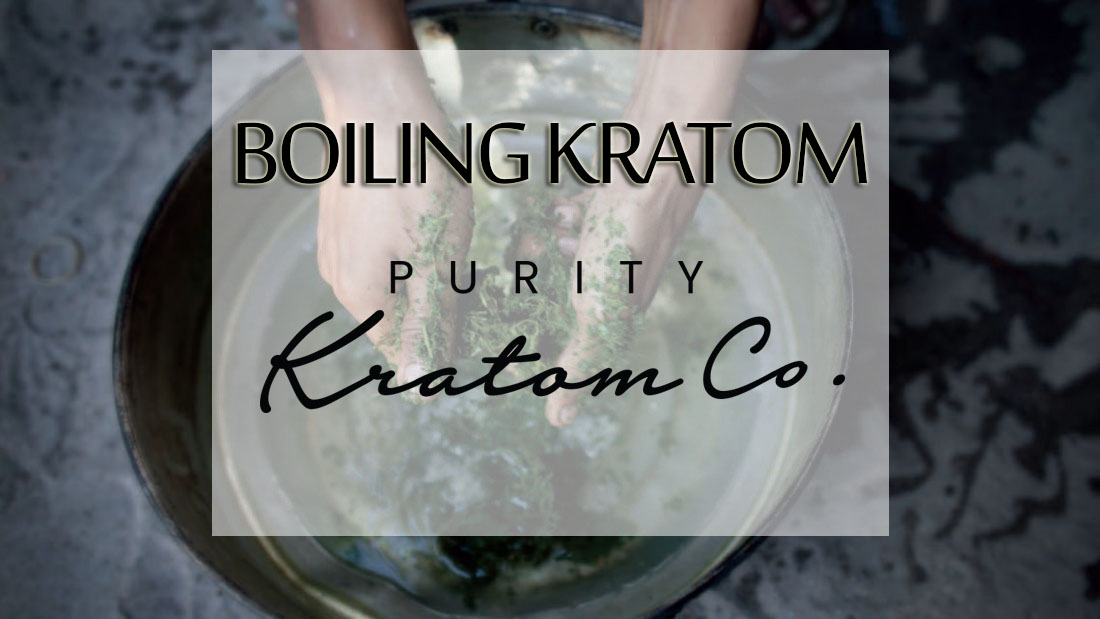Introduction
Kratom is an emerging therapeutic herbal remedy for various symptoms. Most commonly, people use this plant for the management of opioid dependence. While morphine, codeine, and other opioids are known for their side effects that can prove to be deadly like respiratory depression, Kratom has not yet been associated with any of the extreme adverse reactions. According to many users, this helpful botanical is a safer bet than most other pharmaceutical painkillers.

Kratom, also known as Mitragyna Speciosa, belongs to the coffee family. It grows naturally in the countries of Southeast Asia. It is a decades-old herbal plant that’s been used by natives for various health benefits like pain and fatigue management, stress relief, and general wellness. Traditionally, they are mostly used to either chew on raw leaves or brew Kratom tea.
Nowadays, drinking Kratom tea is one of the two most common forms of this herbal consumption -the other one is using Kratom powder.
A lot of users prefer drinking Kratom tea over Kratom powder, because of its bitter and non-palatable taste. However, a popular worry is regarding Kratom alkaloid’s viability after it gets boiled.
What will happen if you boil Kratom? Is it safe? Do you get all the benefits with Kratom tea or not?
These are some of the frequent questions we get asked. In this article, we’ll be answering your every question on this topic in detail.
Let’s dive in!
Can You Boil Kratom?
All the health benefits that Kratom provides are thanks to its special chemical ingredients that are called Alkaloids. These alkaloids attach with opioid receptors and initiate a series of reactions that produce a release of endorphins and cause pain and anxiety relief as a result.
These alkaloids are pH and heat-sensitive. Heat sensitivity means that these chemicals are only viable at a certain range of temperature.
According to a research study, one of Kratom’s major and most potent alkaloids, 7-Hydroxymitragynine can degrade at temperature 104 F in only 8 hours. The boiling temperature of the water is 212 F, which is way above the tolerance heat range of Kratom. So to answer your question:
No, you can not boil Kratom -unless you want to destroy the maximum effectiveness of this botanical.
Myths About Boiling Water!
Although we have made it quite clear that boiling water can destroy the important alkaloids present in the Kratom, you’d still like to know what is this whole fuss about boiling Kratom when it’s not even useful.
The confusion regarding whether to boil Kratom or not comes from the popularity and great efficacy of Kratom tea. Many users believe that Kratom tea is the most powerful form of Kratom usage -as effective as Kratom powder, if not more so.
This in a way can be true because Kratom tea is not usually made with boiling Kratom but putting Kratom leaves in only simmering water.
(We’ll discuss “how to make most powerful Kratom tea” in the below sections)
Moreover, there is a group of Kratom users who believe that Kratom alkaloids don’t get released simply by ingesting them and you need to pre-release them with the help of boiling or putting the herb in an acidic environment. This is not so true for boiling Kratom. The alkaloids can be almost disposed of in excessive heat.
Although Kratom alkaloids do thrive in acidic environments, stomach lining producing gastric acid and creating an acidic environment is enough to release these alkaloids to produce the best effects. However, if you still want to potentiate your Kratom tea, feel free to use some citric juice.
What Will Happen If You Boil Kratom?
As we have discussed earlier, Kratom alkaloids are only viable at temperatures below 104 F. Boiling water requires a much greater temperature range that will destroy the alkaloids in only a few minutes. It will cause the plant to lose its healing abilities and render its consumption useless or least productive.
Nonetheless, this doesn’t mean that you can’t enjoy Kratom tea. The tea brewed from Kratom leaves or powder has various benefits. It has a calming and soothing effect on users. Moreover, thanks to its bitter taste and dry texture, Kratom powder is really hard to ingest.
This disadvantage is eliminated with herbal tea usage, as you can add different flavors like honey or spices to your tea to enhance the flavor.
How To Make Kratom Tea Without Boiling
The key to making a perfect cup of Kratom tea is to remember not to boil Kratom but only to let it simmer. Now, you must be thinking, what’s the difference?
Well, boiling and simmering water are two different terminologies. When you boil water, a large number of bubbles will be forming continuously at 212 F, until you reduce the temperature. In simmering water, you’ll experience bubbles, but infrequently. Additionally, simmering takes place at only 180-190 F.
At this temperature, although you won’t be getting a lot stronger effects, it will still be much smoothing and enjoyable for you.
If you are worried about high temperature destroying Kratom alkaloids, you can also let the water cool down to only mild hotness, then add the Kratom powder in it and stir vigorously.
Remember to use a lot of water, as concentrated Kratom tea will be bitter. Further, add a pinch of baking soda and a spoonful of apple cider to the tea to take away the bitter taste. You can also add some honey or lemon juice for the same purpose.
Further, make sure that you are taking the exact dosage of Kratom by swirling or stirring the drink thoroughly with every sip so that the powder or any residual doesn’t get left behind at the bottom of the cup.
Conclusion
Drinking Kratom tea is a common form of using the herb. However, you have to ensure that you are making the tea by not boiling it, but by only letting it simmer in the hot water.
Excessive heat, beyond the tolerance of alkaloids, can weaken the effectiveness of this beneficial botanical. Furthermore, don’t forget to dilute the bitter taste of Kratom Capsules by adding a lot of water, some kind of sweeteners like honey or jaggery, and a few drops of lemon juice.

- Post Date: 11 Oct, 2021


